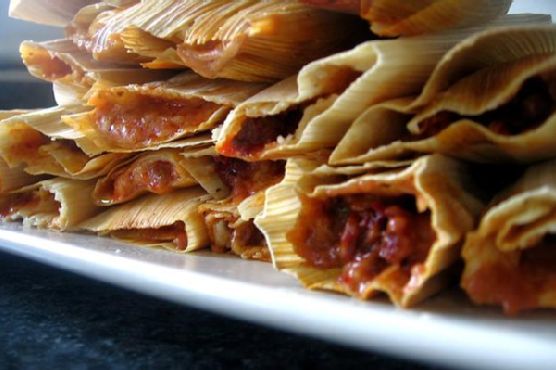Grilled Taco and Lime Chicken for Tacos
You can never have too many Mexican recipes, so give Grilled Taco and Lime Chicken for Tacos a try. Watching your figure
Continue Reading..
You can never have too many Mexican recipes, so give Grilled Taco and Lime Chicken for Tacos a try. Watching your figure
Continue Reading..
You can never have too many European recipes, so give Beef Pot Pies with Irish Cheddar Crust a try. One serving contains
Continue Reading..
Beef Fajita Marinade is a marinade that serves 2. Watching your figure? This gluten free and primal recipe has 752 calor
Continue Reading..
Need a gluten free, dairy free, lacto ovo vegetarian, and vegan main course? Three Bean Vegetarian Chili #WeekdaySupper
Continue Reading..
Coconut Oreo Truffles is an Indian recipe that serves 40. One portion of this dish contains around 2g of protein, 6g of
Continue Reading..
Beef, Poblano & Cheese Tamales takes around 45 minutes from beginning to end. Watching your figure? This gluten free and
Continue Reading..
The recipe Creamy Curry Chicken With Yellow Rice is ready in approximately 45 minutes and is definitely a tremendous glu
Continue Reading..
Date-Sweetened Zucchini Brownies with Chocolate-Peanut Butter Frosting might be just the American recipe you are searchi
Continue Reading..
Gluten-Free Pizza Crust is a crust that serves 4. For 96 cents per serving, this recipe covers 15% of your daily require
Continue Reading..